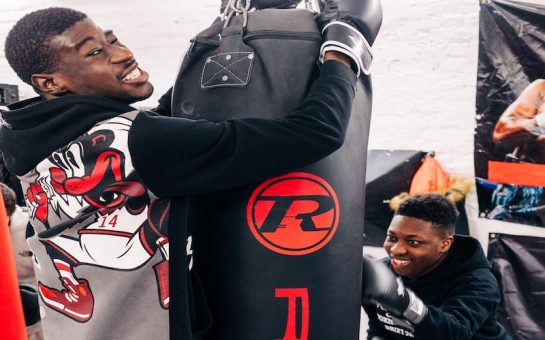Lia Thomas stood on the podium, literally head and shoulders above her competitors.
Minutes before, Thomas had won the women’s 500-yard freestyle at the US University Swimming Championships, beating Olympic medalists Emma Weyant and Erica Sullivan.
Thomas’ achievement would have been universally celebrated. Except for the fact that, biologically at least, she was a man.
Women have been fighting for equality in sport for decades.
Women first participated in the Olympic Games in 1900. The 22 female athletes competed in golf, tennis, sailing, croquet and equestrian.
Other sports were added over the years, but it took another century before weightlifting and the pentathlon were added. In both cases, men had been competing in these disciplines for years. Women’s boxing was added only in 2012, whilst men’s boxing was introduced in 1904.
Meanwhile, the gender pay gap in sport is still huge – in football and golf, two of the more popular sports – the top earning men receive many times the pay of the top earning women. In lists of the 100 best paid sports stars, the number of women who appear is tiny.
Nonetheless, things have improved. Wimbledon finally gave equal prize money to men and women in 2007, after a long battle by women players. Increasingly, sports award equal prize money for men and women. Meanwhile, public enthusiasm for women’s sports is growing. Viewing numbers are steadily increasing.
Yet as sport edges towards equality, the continued participation of women seems to be at risk as the controversy over transgender women shows no sign of abating and questions are raised as to whether the female playing field is level.
The participation of transgender women in competitive sport is to be supported and celebrated. On the other hand, the hard-fought struggle for women to participate in sport at the highest level and on an equal footing must not be jeopardized. How to achieve these apparently-conflicting aims needs informed debate. Participation of transgender women cannot be at the expense of other women.
Many sports federations have attempted to solve the conflict simply by requiring minimum levels of testosterone. But testosterone alone is not the answer. As Lia Thomas has shown, 12 months on oestrogen and progesterone does not undo the skeletal and cardiovascular advantage derived from going through male puberty.
Women “trying harder” is not an answer. Moreover, minimum levels of testosterone unfairly prejudices women with naturally high levels of testosterone.
The solution to the problem is not clear. But the fear is that sport federations are so worried about being labeled transphobic that they are prepared to disregard the potential consequences on the participation of all women in sport. Will women continue to invest the innumerable hours devoted to elite-level training if they anticipate competing against people born as biological males?
In 2003, even before the International Olympic Committee allowed women to play rugby (2006) and to box (2012) for medals, it found a place for transexuals – those who had gone through genital surgery – to compete.
Lia Thomas has not undergone gender reassignment surgery. She swam as a man between 2017 and 2019 at the National University competition and was ranked 554th. Now she’s ranked first in the women’s category. If she is to fulfil her goal of taking part in the 2024 Paris Olympics and is successful, what message does that send to girls thinking of pursuing competitive sport?
There is an irony here. Allowing trans-identifying biological males to compete in women’s sports, particularly individual events, risks deterring women from competing at the highest level and so puts at risk the very sports in which they seek to participate.
Unless these issues can be debated in an informed manner and a consensus reached, the risk to women’s sport is real.





